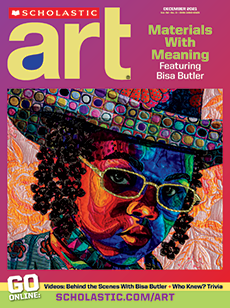By now, you can probably recognize a Dale Chihuly sculpture. His luminous, colorful artworks push the boundaries of what is possible in the world of glass sculpture. But Chihuly is not the only artist working in this medium. The three artists featured here, contemporaries of Chihuly, also work in glass. But each uses a unique process and source of inspiration, with very different results.
By now, you would probably recognize a Dale Chihuly work if you saw one. His artworks are bright, colorful, and unique. But Chihuly is not the only artist using glass as a medium. All three contemporary artists featured here work with glass, but their work is very different from one another.
